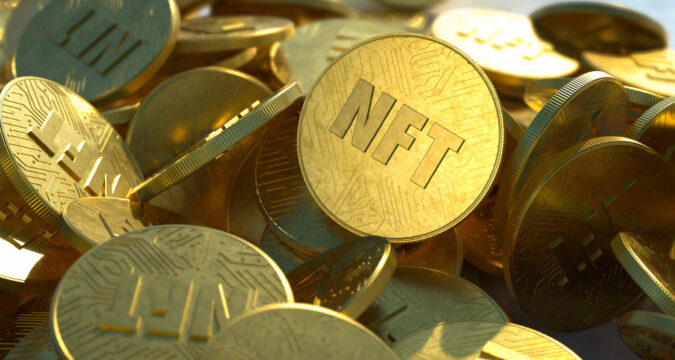
You may have heard of crypto staking before, but have you heard of non-fungible token (NFT) staking?
It is a new way of earning passive income by locking your NFT assets on decentralized finance (DeFi) platforms to earn rewards.
The great thing about this is that you don’t need to sell your NFTs, you only put them to work for you to earn rewards on them.
Like DeFi yield farming, NFT staking uses proof-of-stake (PoS) networks through which participants are rewarded.
As an NFT staker, you’ll receive rewards based on an annual interest rate and the number of NFTs you stake.
In this guide, we discuss what NFT staking is, its advantages and disadvantages so that you can decide if it’s something you should engage in.
How NFT Staking Came About
Before now, NFTs were regarded only as digital versions of items such as pieces of art, music etc. But the description of this class of tokens has broadened a lot to encompass other aspects of the industry.
For instance, NFTs now cover real estate, which is something not even imagined initially. As the definition of NFTs grows, developers, artists, and collectors are exploring new use cases for their NFT collections, and this is how NFT staking came about.
For instance, in some gaming metaverses, NFT collectors can stake their NFTs to boost their game character’s abilities and earn extra rewards.
However, not every NFT is eligible for staking,depending on the platform you wish to use. Different platforms have different standards for staking an NFT, and you’ll need to check with the particular platform to know what is expected of you.
Factors to Consider Before Staking Your NFTs
Since every platform has conditions that must be met for you to stake, you should also consider some factors before deciding if you wish to stake your collection. The following are some of the factors to consider.
Staking Yield
Every staking platform has a yield that it pays annually when you stake your NFTs with them. You should ask yourself what the staking yield is for a platform before you consider staking with them as this will directly determine your returns.
While it is important to go for a platform with reasonable yield, you should resist the temptation to pick one with a yield return that sounds too good to be true, because most times, it is not true.
You may also consider staking NFTs with higher rarity or staking multiple NFTs as these can increase your yield on some platforms.
NFT Collection Price
As good as NFT staking is at generating passive income without you selling your collections, it is sometimes wiser to just sell the NFT. This is especially true if the collection has seen some recent price volatility.
If the price of the NFT has gone up significantly, you may be better off just selling it rather than staking and waiting for a yield that may not be much. Besides, who knows what will happen to the price eventually?
Cryptocurrency Price
Whether you’re buying or selling an NFT, you’ll do so in a particular cryptocurrency, say Ethereum. If the price of the base asset has skyrocketed, it is usually wiser to just sell it at the time than to hold onto it and end up selling at a lower price.
Percentage of NFT Staked
Before staking your collection, check to see what percentage of the NFTs on the platform is staked. If the percentage of the total NFTs staked is large, it means users have high confidence in the platform and it may be safe to stake on.
Lock Up Period
Staking platforms have different rules on their lock up period. If you don’t wish to lock up your assets for a long time, it is better you choose a platform with a short lock up period rather than one with a long one.


